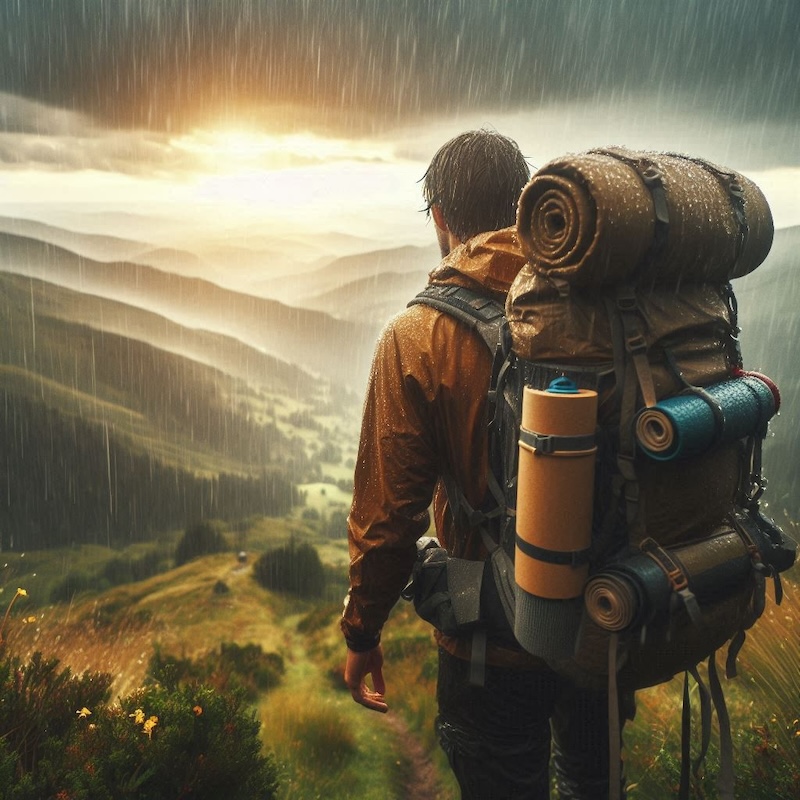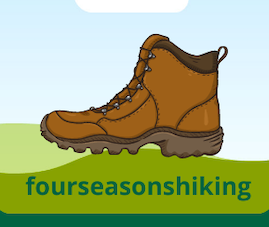I take safety seriously, especially when it comes to hiking. I’ve found that a fantastic experience starts well before hitting the trail; it begins with thorough pre-trip planning. Now, I’m going to talk you through the essentials of getting ready for your hike, and I’ll keep it straightforward and useful.
Researching your hiking destination should be your first move. I check maps, read recent trip reports, and learn about the local flora and fauna. This research gives me insight into what to expect and how to prepare for the terrain and conditions.
Weather, as you know, can make or break a hiking trip. I always look at forecasts before I depart, keeping an eye on sudden weather changes that could affect my hike. It’s not just about comfort; this step is about safety.
Now, onto the all-important notifying someone about your plans. I make it a point to inform a family member or a friend about my destination, the trails I’m planning to hike, and when I expect to return. It’s a simple action that can be crucial in case of an emergency.
Finally, I ensure my pack has all the hiking essentials. I’m talking about a map and compass, water and a means of purification, extra food, rain gear, a flashlight or headlamp, a first-aid kit, a fire starter, and a whistle for emergencies. Your gear can be a true lifesaver, so pack wisely.
On-Trail Safety Strategies: Navigating Nature with Care
Once you set foot on the trail, staying alert and making smart choices can make all the difference to your safety. Following marked trails is a non-negotiable rule in hiking. It’s not just about honoring the trailblazing efforts but also about knowing that these paths are mapped out for your safety. Deviating can place you in uncharted regions where help is harder to get.
Encounters with wildlife are part of the hiking experience. However, keep a respectful distance. Be aware of what kinds of animals you might meet and learn how to react if you do. Never feed wildlife—it’s dangerous for both you and the animals.
Keeping your body fueled and hydrated is crucial. Carry plenty of water and snacks like nuts or energy bars. Consider a water filter for longer trips, so you’re not weighed down by too many bottles.
There’s safety in numbers. If possible, always hike with a companion. Should you get injured or lose your way, having someone with you increases your chances of a swift and safe resolution.
Finally, don’t underestimate the value of a basic first-aid kit and the knowledge to use it. Even small injuries can turn serious if not treated properly in the wilderness.
By following these on-trail safety strategies, you equip yourself with the tools and wisdom to handle most situations you might encounter in the great outdoors. Remember, the goal of hiking is not just to reach the summit or the endpoint but to return home with stories of adventure and eagerness for your next trek. So, hike smart, stay safe, and treasure every step of your nature journey.
In compliance with the FTC guidelines, please assume the following about links and posts on this site: Any/all of the links fourseasonshiking.com are affiliate links of which I receive a small compensation from sales of certain items.

Learn More, Click on the Link Above

This article on hiking safety is spot on! I’ve learned the hard way how crucial pre-trip planning is—researching trails and weather can make or break a hike. I also appreciate the reminder to pack essentials like a map and first-aid kit; they’ve been lifesavers in my experience. The advice about notifying someone of your plans and hiking with a buddy is something I always follow for extra peace of mind. Great tips for staying safe and making the most of every hike!
Thanks, so much!
Best wishes!
Lonnie
This is a great guide to hiking safety! I completely agree with the emphasis on preparation—it’s something I never skip. One thing I’ve learned from my own hiking experiences is that thorough research can’t be overstated. Knowing the trail conditions, potential wildlife encounters, and the weather forecast has saved me from a few sticky situations.
I also make it a habit to pack more water than I think I’ll need, especially on longer hikes. Dehydration can sneak up on you, especially in warmer climates, and having a water filter has been a lifesaver on more than one occasion.
Thanks for sharing these tips—it’s always a good reminder to prioritize safety so we can keep enjoying the trails!
Thanks, yes a premium water filter will keep one supplied with fresh water.
Lonnie